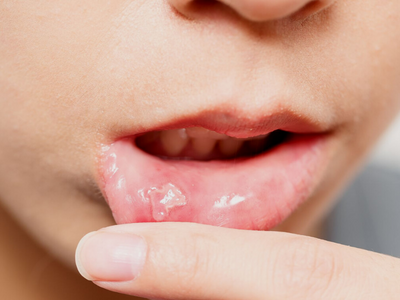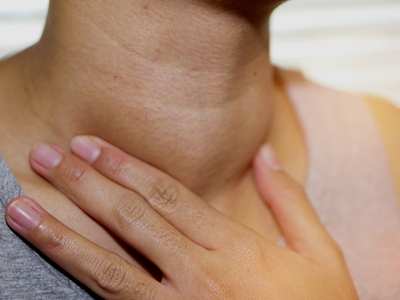Published on 23 January 2022
When checking for skin cancer, it might not occur to most to look for signs on the nail. Hidden in plain sight, the skin surface below the nail is also susceptible to skin cancer. Due to the physical similarities that nail fungus and injuries share with nail melanoma, it is important to understand the signs to look out for and to seek the appropriate medical attention early.
What is nail melanoma?
Skin cancer, contrary to what its name suggests, is a disease that can also occur beyond just the surface of the skin. In fact, melanoma, the deadliest form of skin cancer, can begin with the skin underneath the nails. “While it is a rare type of skin cancer that only makes up for 5% of all cancers, when left untreated, nail melanoma can eventually spread to other parts of the body and eventually become life-threatening,” said Dr Chris Tan, Consultant, Division of Dermatology, Department of Medicine, National University Hospital and Consultant, National University Cancer Institute, Singapore
Who does it affect?
Generally, more incidences of nail melanoma are reported amongst Caucasian and fair-skinned individuals as compared to Asian and darker skin ethnicities.
Other contributing factors that increase one’s risk to nail melanoma include:
• Being aged over 50
• Smoking
• Radiation exposure
• Serious trauma or severe burns
• Family history
What are the symptoms to look out for?
Particularly with nail melanoma, accurate diagnosis is key. Due to the similarities in the physical appearance of nail fungus, injuries, and nail melanoma, differentiating it requires a distinctive understanding of the signs to look out for.
The symptoms of nail melanoma include:
• Brown or black streak in the nail
• Rapid enlargement and widening of pigmentation
• Change in skin pigmentation around the nail
• Proximal widening and irregular or blurred lateral borders of the darkened band
• Nail plate dystrophy
• Discharge and bleeding
• Non-healing ulcer or wound
On the other hand, nail fungus would typically exhibit the following visible signs:
• White, green or yellow discolouration
• Thickened nail
Getting a diagnosis
When the warning signs show, seeking the opinion of a medical professional is paramount to accurate diagnosis and subsequent treatment. A biopsy of the nail bed will first be carried out to determine the presence of nail melanoma. The treatment will then be determined depending on the stage of the disease as concluded by the biopsy and subsequent scanning and imaging.
How is nail melanoma treated?
Typically, the first course of action sees the removal of the affected part of the nail by surgery. If the need arises, chemotherapy is then administered to patients diagnosed with more widespread disease.
Conclusion
In conclusion, although nail melanoma is a rare type of cancer, it is important to understand and distinguish its symptoms and seek medical attention in its early stages to prevent spread.
In consultation with Dr Chris Tan, Consultant, Division of Dermatology, Department of Medicine, NUH and Consultant, NCIS.



